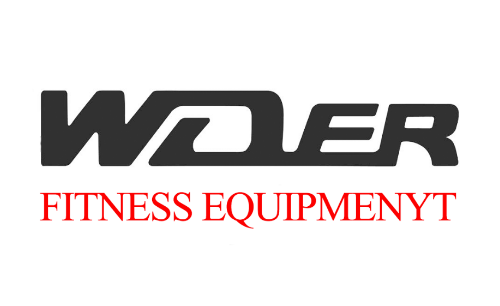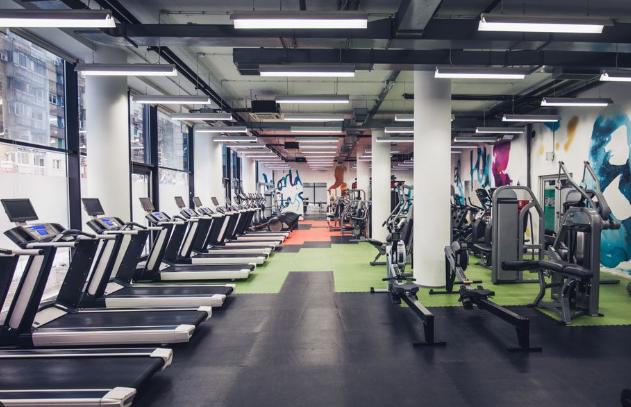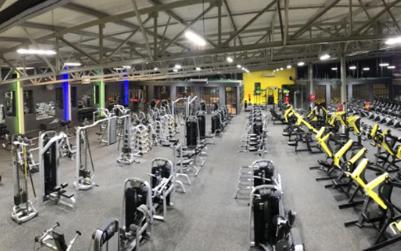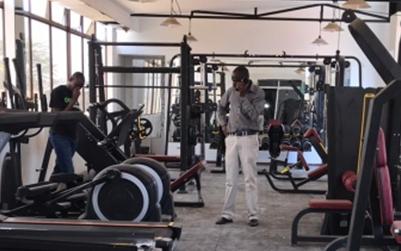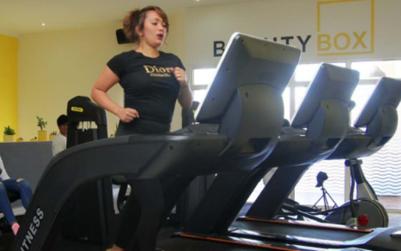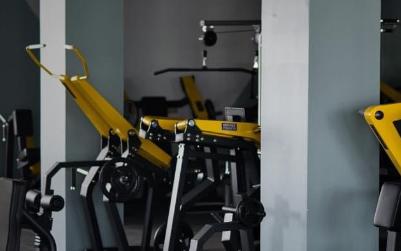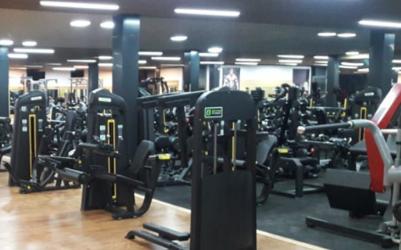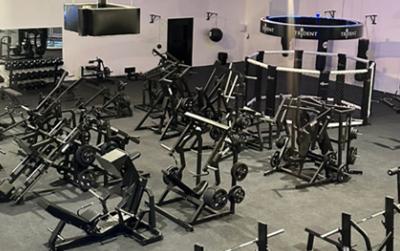Opening a gym can be an exciting venture, but it also comes with various financial responsibilities. Accurately estimating the costs involved is essential to creating a sustainable business model. This guide will help you navigate the crucial elements needed to estimate the total cost of opening your gym.
Understanding Fixed vs. Variable Costs
When estimating the cost of opening a gym, it's important to differentiate between fixed and variable costs. This distinction helps in planning your budget effectively.
- Fixed Costs: These are expenses that do not change regardless of the number of members you have. They typically include:
- Rent or mortgage payments for the gym space
- Utilities like water, electricity, and heating
- Insurance costs, which are vital for liability protection
- Salaries for full-time staff and management
- Equipment financing or leasing agreements
- Variable Costs: These costs fluctuate based on your business's performance and can include:
- Marketing and advertising expenses
- Supplies such as towels, cleaning materials, and toiletries
- Seasonal promotions and discounts
- Part-time staff or freelance trainers' hourly wages
Estimating Initial Setup Costs
The initial investment for opening a gym can be substantial, so meticulous planning is essential. Here are some primary components to consider:
- Location: The cost of the real estate will vary significantly depending on the location. Factor in whether you’ll rent or buy.
- Renovations and Build-Out: If your gym requires modifications, allocate funds for necessary renovations to make the space suitable.
- Equipment: Depending on the type of gym, your equipment costs can range dramatically. Consider weight machines, free weights, cardio machines, and other specialized equipment.
- Licenses and Permits: Ensure compliance with local regulations by budgeting for business licenses and health permits.
- Software and Technology: Invest in management and billing software to streamline operations.
Projecting Ongoing Operational Costs
Beyond initial setup, operational costs will play a significant role in your ongoing expenses. Here’s what to watch for:
- Monthly Rent: A significant portion of your budget will go toward renting your facility, usually on a monthly basis.
- Payroll: Regular payments to all employees, including trainers and cleaners, should be calculated.
- Marketing: Continue to invest in your gym’s visibility with ongoing marketing efforts.
- Membership Software Fees: These can be recurring and may include transaction fees.
Creating a Contingency Fund
It’s wise to allocate an additional percentage of your total budget for unforeseen expenses. A contingency fund of around 10% to 15% can provide a financial buffer in case of unexpected repairs or slower-than-expected membership growth.
By conducting thorough research and breaking down these costs, you can gain a clearer understanding of how to estimate the overall financial requirements for opening a gym. This foundational knowledge will empower you to make informed decisions and increase the likelihood of your gym’s success in a competitive market.
What Factors Influence the Cost of Opening a Gym?
Opening a gym can be an exciting venture, but it's essential to understand the various factors that can significantly influence the overall cost. The financial investment required can vary greatly depending on several key elements. Understanding these factors can help aspiring gym owners better prepare for this business endeavor and create a realistic budget.
Location Matters
The location of your gym plays a crucial role in determining costs. Real estate prices can vary drastically from one area to another, impacting rental or purchase prices. Consider the following:
- Urban vs. Rural: Urban locations often come with higher rents but may attract more foot traffic and potential members.
- Accessibility: A location near public transportation or main roads can justify higher costs due to increased visibility and convenience.
- Neighborhood Demographics: Understanding the community's income levels and lifestyle preferences can influence your target market and pricing strategy.
Size and Layout of the Gym
The size of your gym not only influences rental costs but also the initial investment in equipment and renovations. Factors to consider include:
- Square Footage: A larger space will require more equipment, staff, and maintenance costs.
- Layout: An open floor plan may require fewer walls and changes, though specialized areas (e.g., studios for classes) will increase renovation costs.
- Facilities: Additional amenities like showers, locker rooms, and saunas will add to both initial setup and ongoing operational expenses.
Equipment and Fit-Out Costs
The type and amount of equipment you choose to purchase can vastly influence startup costs. Here are a few considerations:
- Cardio and Strength Equipment: High-quality machines typically come with a higher price tag. Choose equipment that aligns with your target clientele.
- Flooring and Signage: Specialized gym flooring is essential for safety, while professional branding helps attract members.
- Maintenance and Warranty: New equipment may come with warranty options, but remember to factor in future maintenance costs.
Operational Costs and Staffing
Once you have set up the physical space, you will also need to consider the ongoing operational costs, which include:
- Staff Salaries: Hiring qualified staff such as trainers and front desk personnel is crucial and can take a significant chunk of your budget.
- Utilities: Costs for electricity, water, internet, and other essential services can add up quickly, especially in a larger space.
- Insurance: Liability insurance is critical for protecting your business from unforeseen incidents and should be factored into your budget.
In summary, while the excitement of opening a gym is palpable, aspiring owners must take a wide range of influencing factors into account. By understanding the role of location, size, equipment, and ongoing operational costs, you can gain a clearer view of what to expect financially. This knowledge will empower you to create a comprehensive business plan, ensuring that you are well-prepared for the journey ahead. Establishing a successful gym not only requires financial considerations but also a commitment to fostering a healthy and welcoming community environment for your members.
Essential Equipment Costs for Opening a Gym
When embarking on the journey of opening a gym, one of the most significant financial considerations is the cost of essential equipment. The right equipment not only attracts members but also ensures they have a great experience, leading to higher retention rates. Below, we will explore the various categories of equipment you’ll need, associated costs, and tips for budgeting effectively.
Strength Training Equipment
Strength training equipment is a cornerstone of any gym, catering to individuals looking to build muscle, increase strength, or lose weight. Here are some of the fundamental items you should consider:
- Weight Machines: Ranging from $3,000 to $10,000 per machine, depending on the quality and brand.
- Dumbbells: A full set can cost between $1,000 and $3,000.
- Bumper Plates: A set can range from $500 to $1,500, based on weight and brand.
- Benches (flat/incline): Expect to pay between $100 and $600 each.
Cardiovascular Equipment
Cardiovascular machines are essential for providing a balanced workout opportunity for members. Popular options include:
- Treadmills: A decent commercial treadmill can cost between $2,000 and $8,000.
- Stationary Bikes: Prices range from $800 to $4,000 for high-quality models.
- Ellipticals: Expect to pay between $1,500 and $5,000.
- Rowing Machines: Pricing starts around $500 and can go up to $2,500.
Functional Training Equipment
Functional training equipment has gained popularity due to its versatility and effectiveness. Consider investing in:
- Kettlebells: A full set can cost $300 to $500.
- Resistance Bands: A variety pack can be as low as $50.
- Medicine Balls: Ranging from $100 to $300 for a decent set.
- Battle Ropes: Usually priced around $100 to $300.
Other Considerations: Accessories and Maintenance
While strength and cardio equipment form the bulk of gym investment, don’t forget about accessories and maintenance:
- Yoga Mats: Cost around $20 to $100 each.
- Foam Rollers: Priced between $10 and $50 each.
- Cleaning Supplies: Allocate a budget of $200 to $500 for ongoing maintenance.
Aside from the initial purchase costs, consider the long-term maintenance expenses associated with your equipment. Regular servicing is crucial to keep machines running smoothly, ensuring member satisfaction and safety. Remember to budget additional funds for unexpected repairs or replacements, as this can help you avoid financial strain down the line.
In summary, carefully calculating the costs associated with essential gym equipment is crucial for a successful launch. By considering the different categories and their respective price ranges, you can create a budget that allows you to provide a comprehensive workout experience for your members. Investing in quality equipment may seem daunting, but the right purchases will certainly pay off through delighted and loyal members.
Hidden Costs to Consider When Opening Your Gym
Opening a gym can be an exciting and rewarding venture, but it also comes with a significant financial commitment. While most entrepreneurs focus on visible costs such as rent, equipment, and staffing, there are hidden costs that can sneak up and derail your budget. Understanding these hidden expenses is crucial for financial planning and ensuring the long-term success of your gym.
1. Licensing and Permit Fees
When you open a gym, you must comply with local, state, and federal regulations. This often requires obtaining various licenses and permits. The costs can vary widely depending on your location and the type of services you plan to offer. Common permits and licenses may include:
- Business license
- Health and safety permits
- Fire department permits
- Signage permits
- Background checks for staff and trainers
Ensure that you research all required permits in your area to avoid costly fines or having to shut down operations due to non-compliance.
2. Insurance Expenses
Insurance is a critical component of running any business, including gyms. It protects you from potential legal issues arising from accidents or injuries on your premises. The types of insurance you may need are:
- General liability insurance
- Professional liability insurance
- Property insurance
- Workers' compensation insurance
- Business interruption insurance
These costs can add up, so it's essential to get quotes from several insurance providers and choose the coverage that best fits your gym’s needs.
3. Marketing and Advertising
While you may have budgeted for initial marketing efforts, ongoing marketing expenses can be easily overlooked. Creating brand awareness and attracting new members is vital for any gym's success. Anticipate the following expenses:
- Website development and maintenance
- Social media advertising
- Print marketing materials (flyers, brochures)
- Promotional events and partnerships
- Email marketing campaigns
Consistent, engaging marketing strategies are needed to keep your gym thriving, and these efforts require financial investment.
4. Maintenance and Repairs
Once your gym is up and running, don’t forget to factor in the costs of maintaining and repairing your equipment and facilities. Over time, wear and tear can lead to significant maintenance expenses. Be prepared for:
- Regular equipment servicing
- Cleaning supplies and services
- Facility repairs (plumbing, HVAC, etc.)
- Replacement of worn-out accessories (like mats or weights)
Setting aside a budget for these maintenance costs will help ensure your gym maintains a pleasant and safe environment for your members.
5. Technology and Software Costs
In today’s digital age, managing a gym effectively requires using various software and technology solutions. These can include gym management software, member management systems, payment processing systems, and even fitness tracking applications. Consider the following:
- Initial setup costs for software
- Subscription fees for management tools
- Costs related to equipment that integrates with technology (e.g., smart fitness machines)
Budgeting for these technological aspects is essential to streamline operations and enhance the overall member experience.
In conclusion, while the visible costs associated with opening a gym are significant, attention to hidden costs is equally important. By planning for these expenses, you can create a more accurate budget that ensures your gym can thrive in a competitive market. Keep these hidden costs in mind as you embark on your entrepreneurial journey, and you'll be better equipped to handle the challenges that arise.
